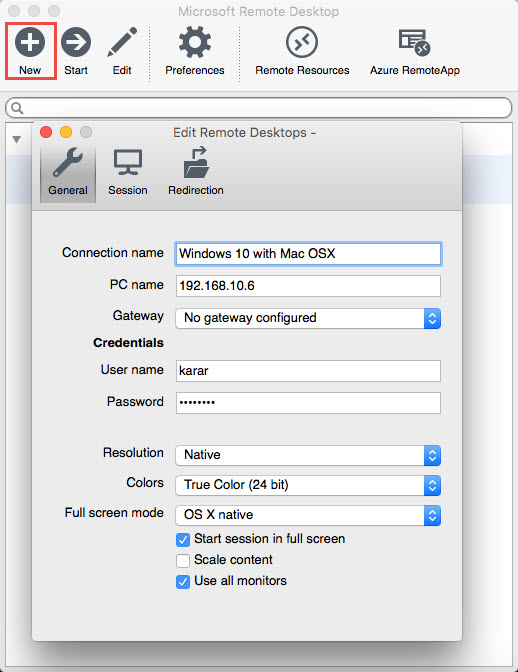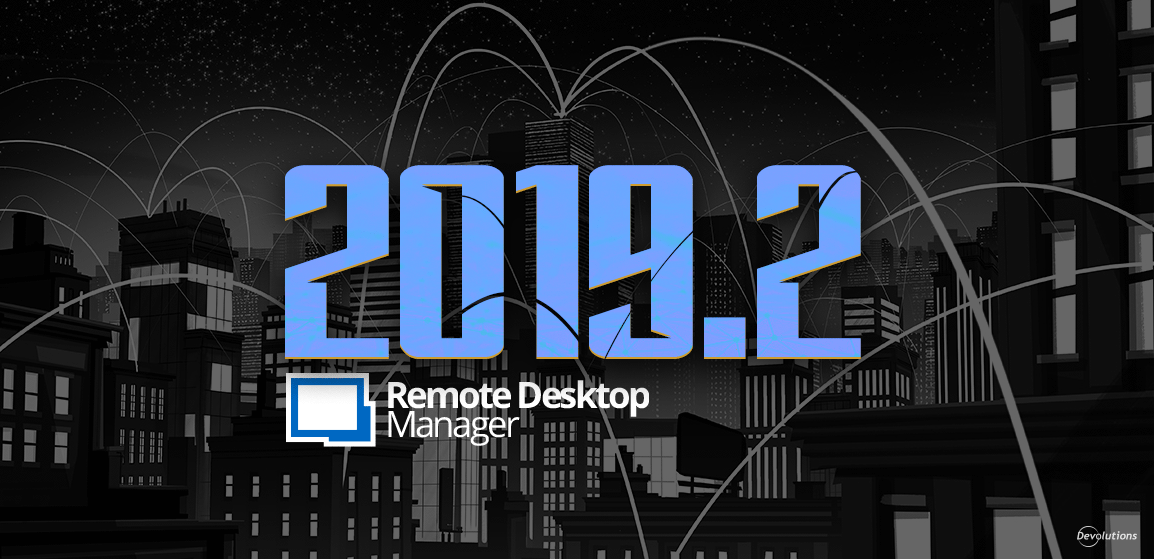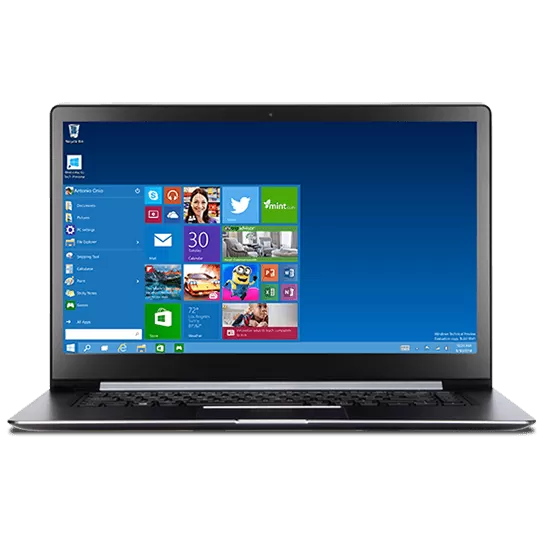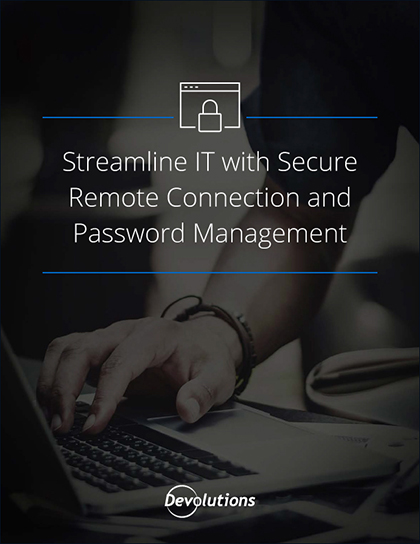Remote Desktop Services troubleshooting documentation for Windows Server.; 2 minutes to read; D; In this article. The topics in this section provide solutions and scenario guides to help you troubleshoot and self-solve Remote Desktop Services-related issues.
- Microsoft Remote Desktop Dmg Ever Dirty 2
- Microsoft Remote Desktop Dmg Ever Dirty Full
- Microsoft Remote Desktop Dmg Ever Dirty Mac
Microsoft Remote Desktop Dmg Ever Dirty 2



We use Microsoft Remote Desktop Connection ver. 10.0.18362 to connect to our desktop pcs running on windows 10 1909. When we run Teams from the remote computer, it will not find the built-in webcam from any laptop. It will, however, work if the local computer uses an external usb webcam. Apr 02, 2020 As an alternative to the built-in Remote Desktop Connection tool, you can use the Microsoft Remote Desktop app in Windows 10. Install the app from the Microsoft Store and launch it. Immersive remote apps: X: X: X: X: X: Individual remote apps presented in a window or maximized to a full screen. Multimonitor: X: X: Lets the user run Remote Desktop or remote apps on all local monitors. Dynamic resolution: X: X: X: X: Resolution and orientation of local monitors is dynamically reflected in the remote session. Remote Desktop Version 10.2.1646.0 Will Not Connect, Other Versions Do. A recent update to either Win10 or the application is causing RDC to time out a connection during the 'Configure remote PC.' Portion of the connection process.
Use Remote Desktop on your Windows, Android, or iOS device to connect to a Windows 10 PC from afar.
Set up the PC you want to connect to so it allows remote connections:
Make sure you have Windows 10 Pro. To check, go to Start > Settings > System > About and look for Edition. For info on how to get it, go to Upgrade Windows 10 Home to Windows 10 Pro.
When you're ready, select Start > Settings > System > Remote Desktop, and turn on Enable Remote Desktop.
Make note of the name of this PC under How to connect to this PC. You'll need this later.
Use Remote Desktop to connect to the PC you set up:
On your local Windows 10 PC: In the search box on the taskbar, type Remote Desktop Connection, and then select Remote Desktop Connection. In Remote Desktop Connection, type the name of the PC you want to connect to (from Step 1), and then select Connect.
On your Windows, Android, or iOS device: Open the Remote Desktop app (available for free from Microsoft Store, Google Play, and the Mac App Store), and add the name of the PC that you want to connect to (from Step 1). Select the remote PC name that you added, and then wait for the connection to complete.
Applies To: Windows Server (Semi-Annual Channel), Windows Server 2016
Note: Windows Server 2012 combines DirectAccess and Remote Access Service (RAS) into a single Remote Access role.
You can use the management console on the Remote Access server to monitor remote client activity and status.

Note

You must be signed in as a member of the Domain Admins group or a member of the Administrators group on each computer to complete the tasks described in this topic. If you cannot complete a task while you are signed in with an account that is a member of the Administrators group, try performing the task while you are signed in with an account that is a member of the Domain Admins group.
To monitor remote client activity and status
In Server Manager, click Tools, and then click Remote Access Management.
Click REPORTING to navigate to Remote Access Reporting in the Remote Access Management Console.
Click Remote Client Status to navigate to the remote client activity and status user interface in the Remote Access Management Console.
You will see the list of users who are connected to the Remote Access server and detailed statistics about them. Click the first row in the list that corresponds to a client. When you select a row, the remote user activity is shown in the preview pane.
Microsoft Remote Desktop Dmg Ever Dirty Full
Windows PowerShell equivalent commands
The following Windows PowerShell cmdlet or cmdlets perform the same function as the preceding procedure. Enter each cmdlet on a single line, even though they may appear word-wrapped across several lines here because of formatting constraints.
The user statistics can be filtered, based on criteria selections, by using the fields in the following table.
Microsoft Remote Desktop Dmg Ever Dirty Mac
| Field Name | Value |
|---|---|
| Username | The user name or alias of the remote user. Wildcard characters can be used to select a group of users, such as contoso* or *administrator. |
| Hostname | The computer account name of the remote user. An IPv4 or IPv6 address also can be specified. |
| Type | DirectAccess or VPN. If DirectAccess is selected, all remote users who are connected by using DirectAccess are listed. If VPN is selected, all remote users who are connected by using VPN are listed. |
| ISP address | The IPv4 or IPv6 address of the remote user. |
| IPv4 address | The inner IPv4 address of the tunnel that connect the remote user to the corporate network. |
| IPv6 address | The inner IPv6 address of the tunnel that connects the remote user to the corporate network. |
| Protocol/Tunnel | The transitioning technology that is used by the remote client. This is Teredo, 6to4, or IP-HTTPS for DirectAccess users, and it is PPTP, L2TP, SSTP, or IKEv2 for VPN users. |
| Resource Accessed | All users who are accessing a particular corporate resource or an endpoint. The value that corresponds to this field is the hostname/IP address of the server. |
| Server | The Remote Access server to which clients are connected. This is relevant only for cluster and multisite deployments. |